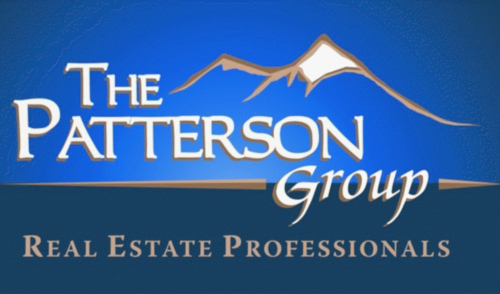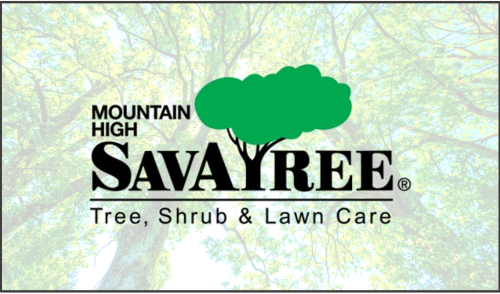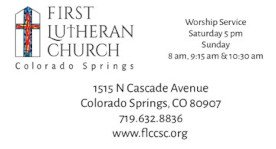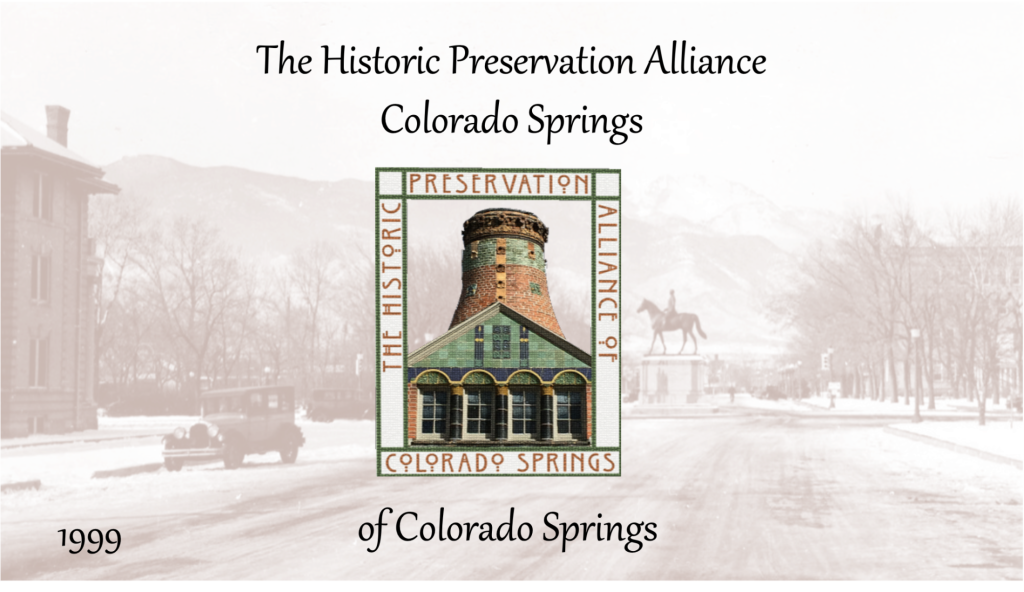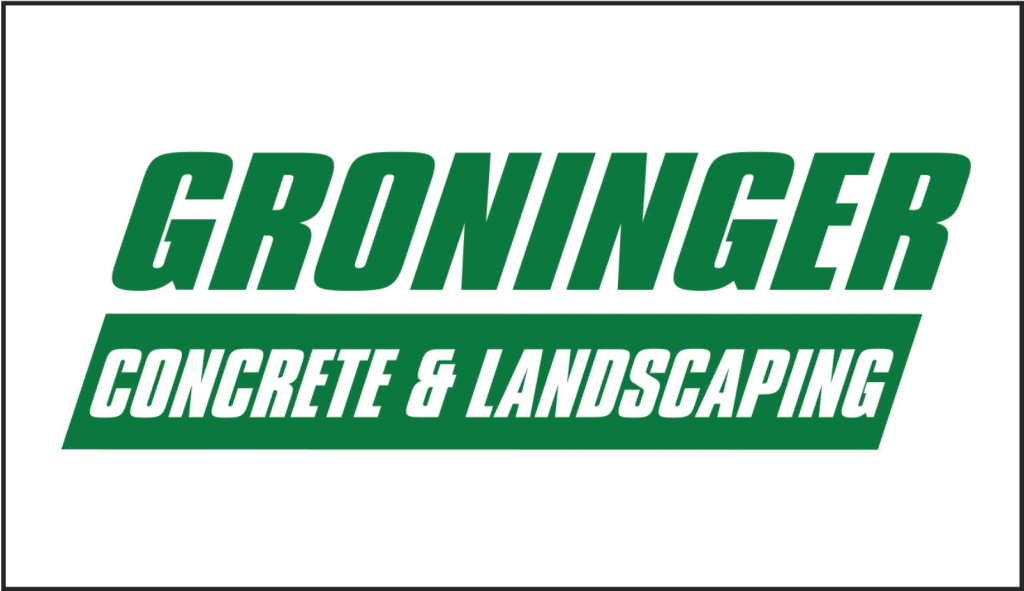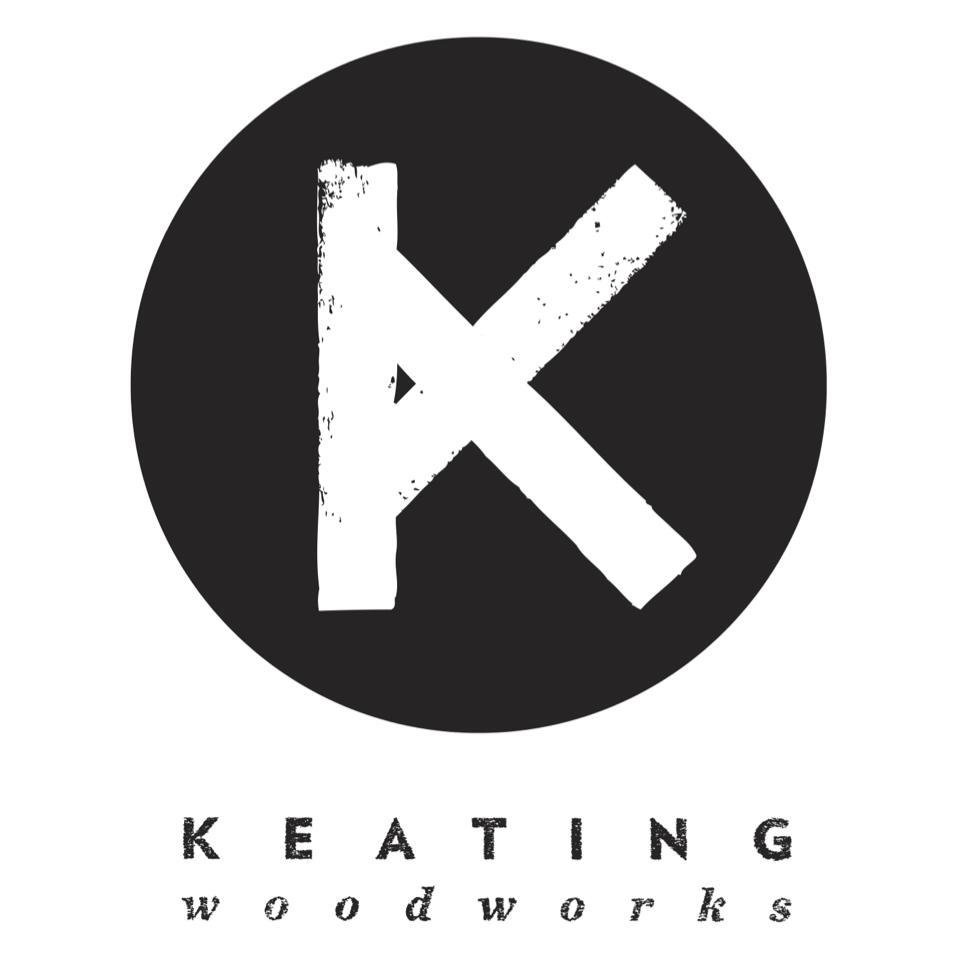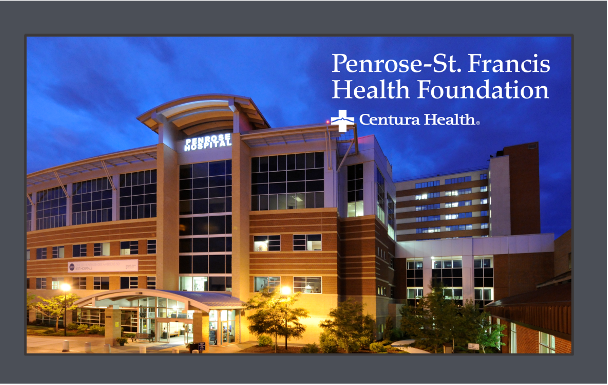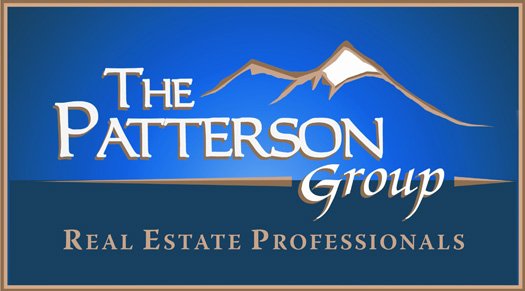About
ONEN
Learn how to meet present-day needs and yet maintain the charm and architectural integrity.
Who We Are
The Old North End is an all-volunteer 501(c)(3) organization. ONEN property owners are not subject to an HOA and associated dues; voluntary financial support enables the organization to meet it’s mission to preserve, protect and enhance the neighborhood.
The Old North End Neighborhood (ONEN), a Colorado nonprofit corporation, is the tax-exempt successor to an association formed to represent the Old North End in the mid-1950s.
Neighborhood boundaries:
- The Old North End Neighborhood is bounded by East and West Uintah Street on the south; Monument Valley Park on the west; the Rock Island Trail Corridor on the north. On the east side of the neighborhood the boundary is located east in the alley between North Corona Street and North Wahsatch Avenue and goes north to East Washington Street; continues 1/2 block west on East Washington Street and follows Shooks Run Trail north to the Rock Island Trail Corridor. See neighborhood map.
The North End Neighborhood includes two National Register Historic Districts:
- The Old North End National Register Historic District that was expanded in 2015 and now includes 997 properties. The boundaries of the Old North End Historic District are Lilac Street & the Colorado Rock Island & Pacific Railroad on the north, Monument Valley Park on the west, Uintah Street on the south, and the alley between Nevada Avenue and Weber Street on the east.
- A portion of the North Weber Street/Wahsatch Avenue National Register Historic District is located within the Old North End and consists of 8 blocks and approximately 135 properties. This area includes Weber Street from Del Norte Street to Uintah Street and Wahsatch Avenue from Columbia Street to Uintah Street.
Old North End Neighborhood Mission Statement
The Old North End Neighborhood has been established to preserve, protect, and enhance the neighborhood. It works to achieve this mission by:
- Identifying, preserving, and celebrating historic homes and other features of the neighborhood;
- Offering educational programs and preservation assistance to home owners;
- Developing and offering community-building activities;
- Preserving and improving the streetscape of the neighborhood, particularly the historic medians, parkways, and their canopy trees;
- Improving safety conditions;
- Supporting the Overlay Zoning Ordinance and the enforcement of zoning codes.
- Cooperating with and supporting educational and other institutions in, near, and/or serving the neighborhood;
- Providing communications platforms which enhance the mission and interactions among residents.
Click here to see what we have done for our neighborhood.
Save
Guidance/Best Practices
MAINTENANCE IS PRESERVATION
The following rationale for maintaining the beauty and historic integrity of the Old North End Neighborhood has been taken from an introduction to the Old North End Neighborhood Interpretive Guide.
“The Old North End Neighborhood is a remarkably intact collection of architecturally and historically significant buildings located within a distinctive setting of mature trees and landscaped medians. These historic buildings serve as a tangible link to our shared heritage and help make the Old North End a unique place to live and visit. Because their replacement is impossible, it is important to preserve and protect the buildings and setting that comprise the neighborhood for future generations.”
Since property owners play key roles in such efforts, the information that follows is meant to be educational and help promote good stewardship.
- Old North End Neighborhood Interpretive Guide is a pictorial guide to best practices for appropriate maintenance, rehabilitation, additions and new construction to the outside of your home. Some photo examples of what to avoid are also addressed. The two guides below provide support.
- North End Historic District Design Guidelines- As stated in its preface, the primary goal of this guide is education and design review, two crucial components of preservation. For a suggested donation of $10, you may obtain a hard copy from Pat Doyle at info@oldnorthend.org.
- Design Guidelines for the North Weber/Wahsatch Historic District –This document was published in 1990 as part of the City’s preservation program. These guidelines contain text, illustrations and photographs that inform both property owners and “public entities” alike. The intent is to identify historic characteristics, appropriate methods of preservation and to promote architectural cohesiveness.
- Preservation Briefs from the National Park Service – Fifty technical briefs provide information on preserving, rehabilitating and restoring historic structures. Under “The Standards” on that page, the three terms in red above are defined, but information under “Rehabilitation and Guidelines” applies specifically to applications for Colorado tax credits.
- Chicago Bungalow Association –This website provides homeowners with how-to seminars. Especially helpful, are steps to choosing the right landscape design and plants for your bungalow garden.
- Additional Historic Preservation Resources in Other Places–This section includes how-to resources for many rehabilitation projects and links to other key information.

